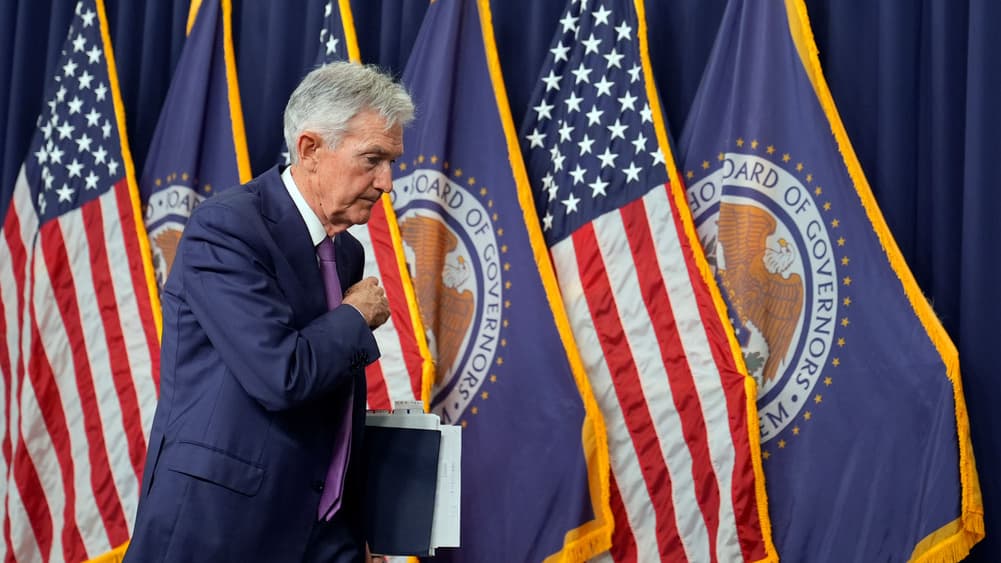Both important inflation figures and an interest rate decision await in the USA on Wednesday. Several uncertainties make the situation difficult to navigate for the central bank, the Federal Reserve (Fed).
Much is at stake and one does not really know how the economy is doing, says Elisabet Kopelman at SEB.
Inflation pressure in the USA decreased slightly in April. It was a relief after a first quarter with unexpectedly high inflation, which, combined with strong growth and a hot labour market, led to pessimism about when the Fed can actually lower the interest rate.
If inflation has decreased further, it will become clear when the May figures are published on Wednesday afternoon, Swedish time.
The Fed will then give a decision on the interest rate in the evening. A rate cut is hardly likely, but the market is on high alert for how the central bank and its chief, Jerome Powell, reason about the way forward.
Inflation is less worrying than at the beginning of the year, but not as good as at the end of last year. There is greater uncertainty, especially about whether there is a risk that the inflation decline slows down, and the Fed needs more data, says US economist Elisabet Kopelman.
The danger is not over
The labour market and household consumption are important parts of the Fed's assessments. For employment, a better balance is emerging, while May saw an unexpectedly strong job growth. Consumption appears to have slowed down somewhat but is not obviously weak, explains Kopelman.
There is also uncertainty about the high interest rate – which is in the range of 5.25-5.50 per cent – not having bitten more into the economy.
The Fed cannot blow over the danger of inflation yet. They cannot feel convinced that inflation is heading towards the target, and neither can they conclude that the economy has slowed down so much that they now need to quickly turn around to prevent a recession. It is a difficult situation for the Fed where much is at stake.
The market currently believes in two interest rate cuts in the USA this year, with the first cut of 0.25 percentage points in September.
Important balancing act
Much is at stake. The USA's economy sets the tone for the whole world.
So it is extremely important that the Fed manages the balancing act. What the Fed does with the interest rate affects the global financial market and thus spills over to us, for example, via the exchange rate, says Elisabet Kopelman.
A risk is that the Fed waits too long to lower the interest rate.
If the Fed does not lower as much as expected or not at all, it becomes more headwind for the Riksbank. And the opposite if the economy slows down and the inflation development becomes more favourable, then the manoeuvring room for the Riksbank to focus on the domestic economy increases.
Inflation in the USA fell to 3.4 per cent in April from 3.5 in March, according to the CPI measure, and is expected to remain unchanged in May, according to Bloomberg's compilation of analysts' expectations.
The core inflation – where food and energy prices have been removed – fell to 3.6 per cent in April and is expected to dip further in May, to 3.5 per cent.
The so-called PCE inflation was unchanged at 2.7 per cent in April.
The PCE is seen by the central bank, the Fed, as the most important price increase measure when deciding on future interest rates.
The Fed's target is an inflation rate of 2 per cent.





